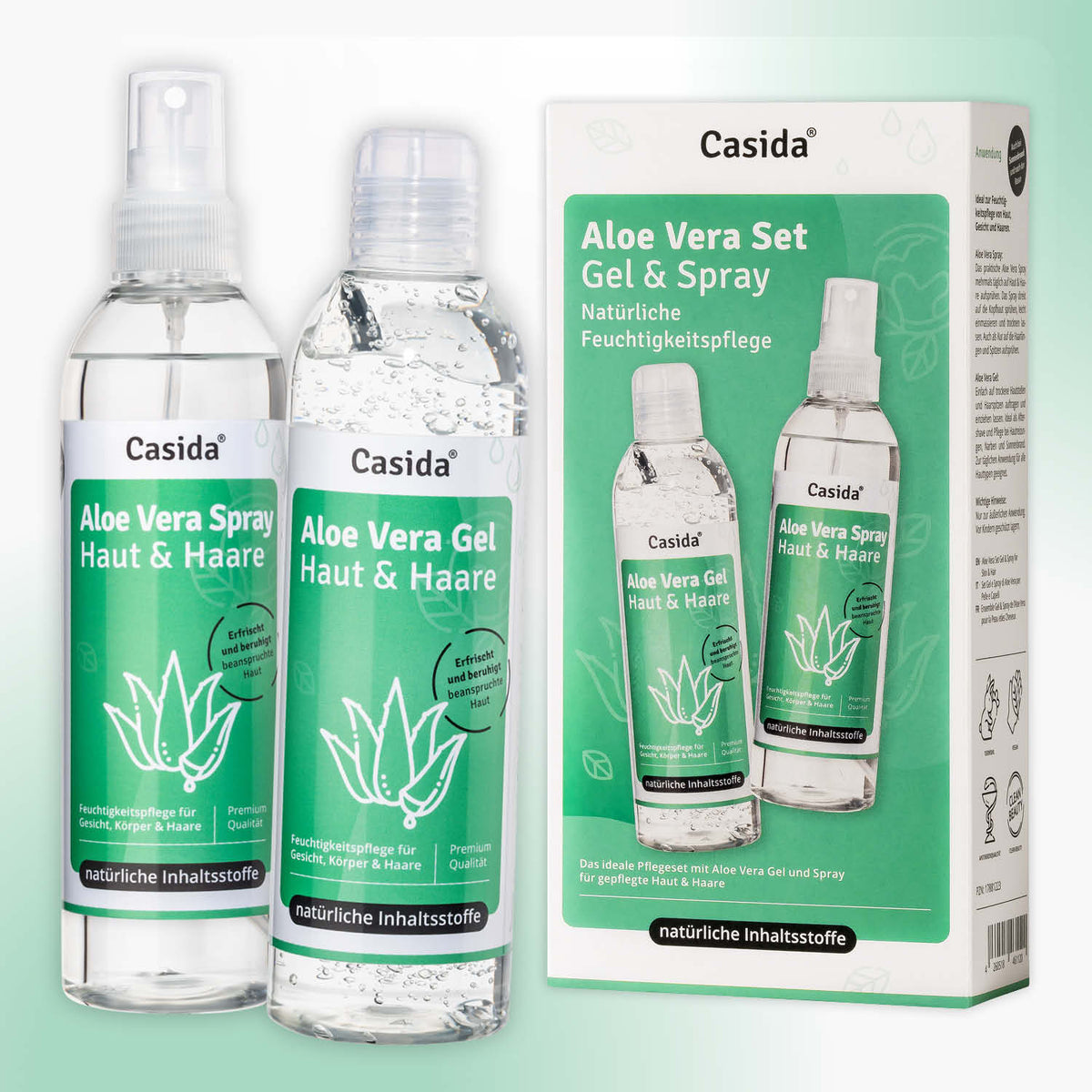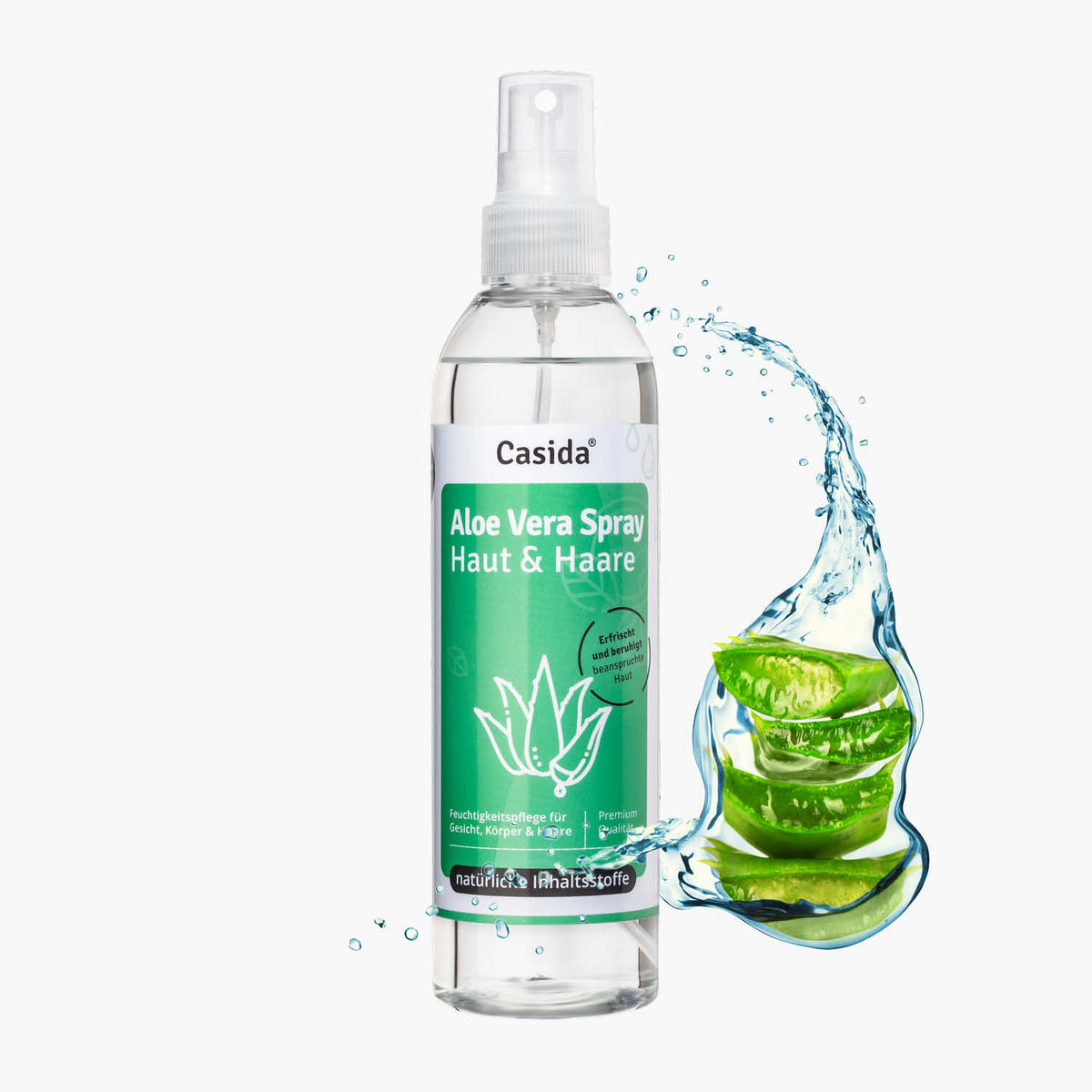As a rule, children's nails are rarely affected by nail fungus, as the nails of young children differ from those of adults and grow differently. Nevertheless, dermatologists are recording an increasing number of nail fungus infections in children. It is now becoming increasingly common for children and adolescents to come to the dermatologist with symptoms of nail fungus or athlete's foot. The causes vary, but the trigger is usually found in the home environment.
Table of contents
1 Where does nail fungus in children come from?
Various factors increase the risk of nail fungus in children.
- Risk of infection at home: Nail fungus in children occurs most frequently when a family member in the home environment already suffers from nail fungus. If parents or siblings walk around the house barefoot and shed infected horny flakes, it is only a matter of time before the nail fungus also appears in children. Small children in particular often walk around the house barefoot or try out the shoes of their siblings or parents. This only increases the risk.
- Swimming pools: Fungus spreads most easily in damp and warm environments. Swimming pools therefore offer the ideal conditions for the spread of nail fungus in children, as they often like to spend time in swimming pools and walk around barefoot. Changing rooms and toilets in swimming pools are particularly high-risk areas where there is an above-average amount of infected skin flakes on the floor.
- Sport: There is also an increased risk of infection for children who are active in sport. Even though sport is good for the body, sports such as running or soccer involve some risks. Inappropriate footwear and jerky movements can cause minor injuries and blisters on the feet. These in turn make it easier for the fungus to penetrate the skin and cause nail fungus in children.
- Diseases: A weak immune system and chronic illnesses such as diabetes are also common causes of nail fungus in children.
2 How is nail fungus treated in children?
The treatment of nail fungus in children depends on the infestation. Generally speaking, nail fungus in children is easier to treat in the early stages. In the case of a thickened nail plate, the infected nail is filed down as far as possible and the affected area is treated with an antifungal agent.
3. natural remedies are the best choice
In most cases, oils, foot baths, sprays and regular foot care with suitable washing lotions help. Purely plant-based ingredients such as Casida's Repair & Protect nail oil are recommended. This is a mixture of different essential and plant-based oils that are particularly gentle on the skin and at the same time effectively inhibit fungal growth. The natural alternative from Casida is suitable for children aged 6 and over, as it consists of purely herbal ingredients and does not cause any side effects. The ideal combination is with the corresponding Casida foot wash lotion and foot bath salt. This provides additional foot hygiene and natural protection against nail fungus.
4. regular care
To be successful in the fight against nail fungus in children, the affected areas should be treated regularly and over the long term. Nail fungus requires perseverance, but it pays off. It is important to always file down the affected nails as much as possible and to use disposable files to prevent re-infection. For children in particular, brushing the nails with nail oil is a simple application, which can also be loosened up by spraying with foot spray and a foot bath once a day.
Important note / disclaimer: As pharmacists, we share our pharmaceutical expertise and wealth of naturopathic experience in the Casida guide. An individual diagnosis and consultation is necessary in every case. Therefore, this offer cannot replace medical advice. It is not intended to treat, cure or prevent any disease. It is not a substitute for medication or other treatments prescribed by a doctor.







